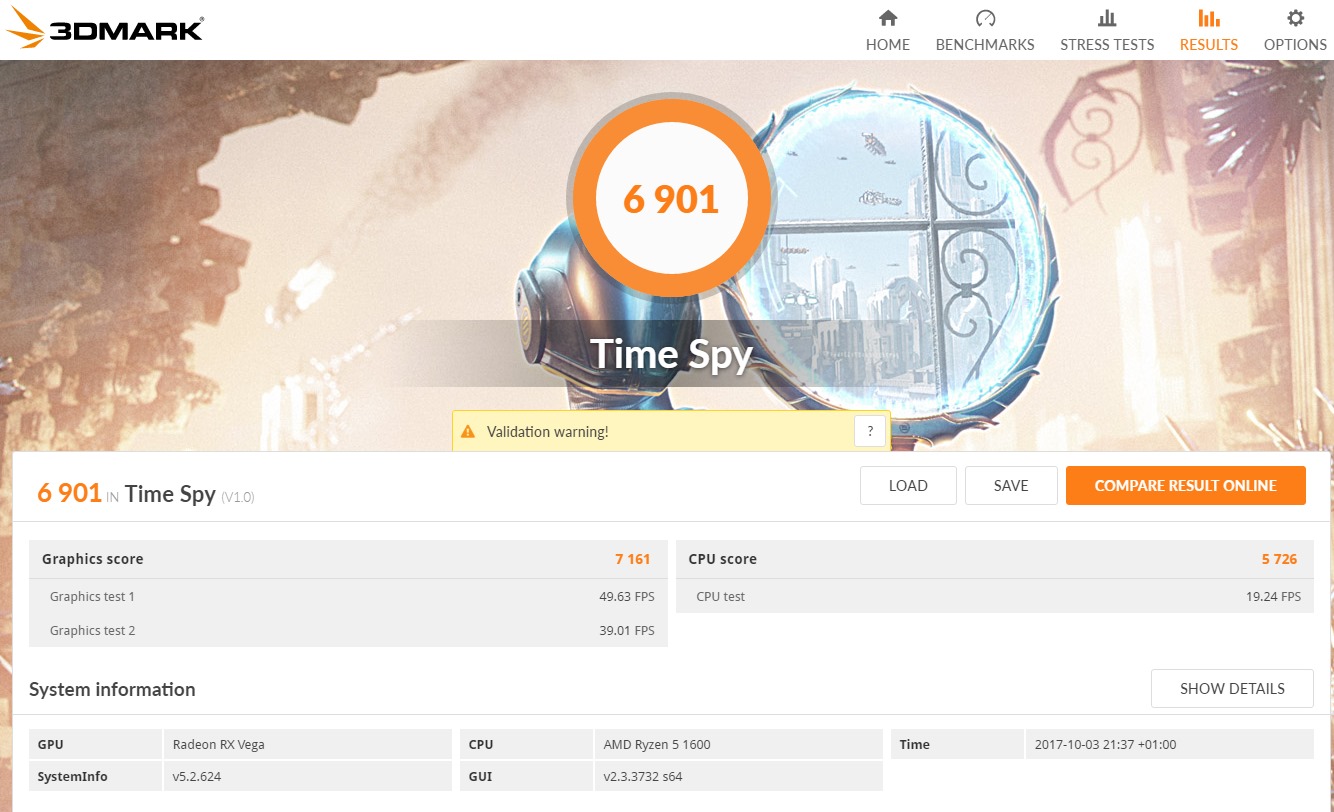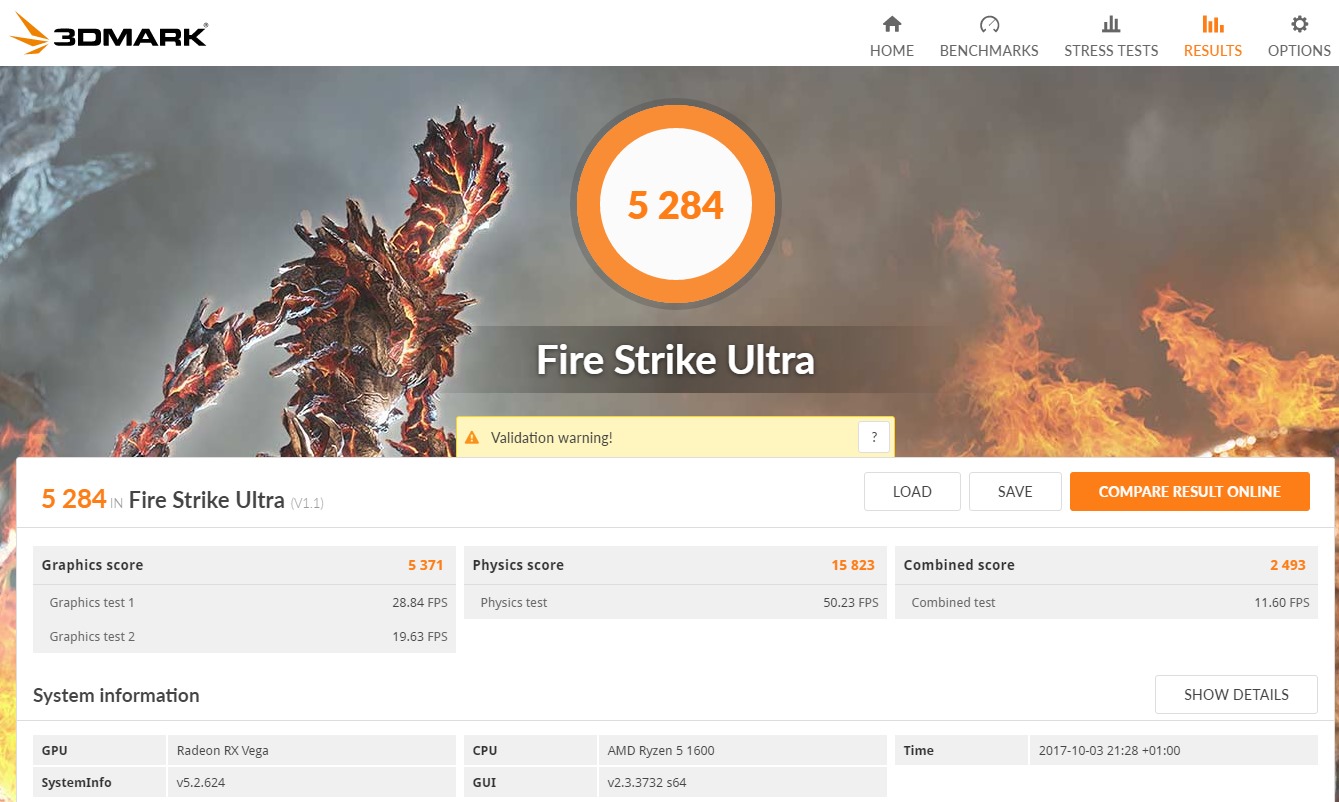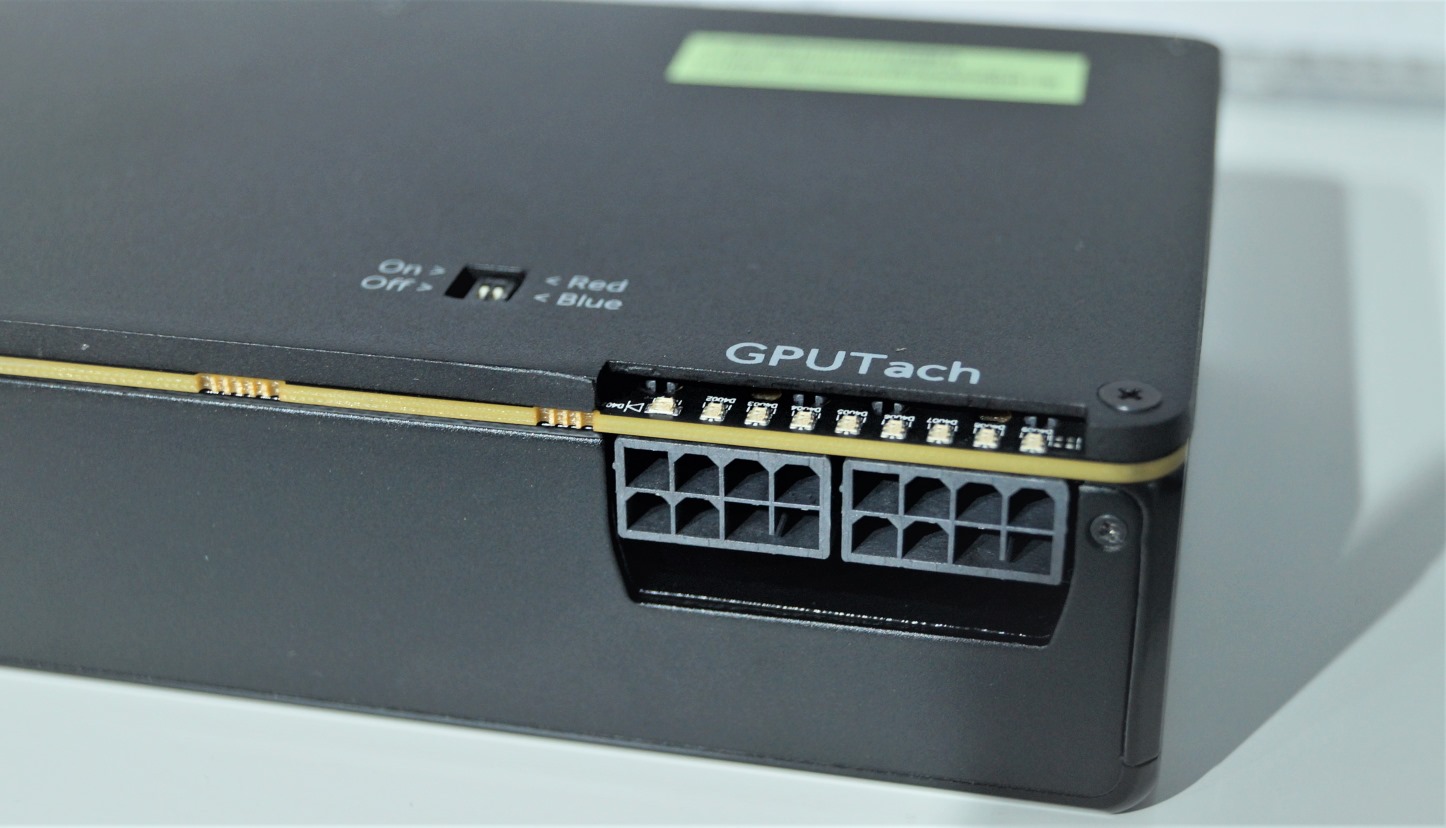Sapphire AMD Radeon RX Vega 64 8GB HBM2 Graphics Card, First Weeks Of Ownership
The RX Vega 64 release was one of most anticipated by many AMD fans of 2017. With rumours circulating, performance would not be groundbreaking but at least match the NVIDIA Geforce 1080. Many people including me, wondered... how will the Vega actually stack up? It's release was a slow disappointment to some, conveyed by many reviewers commenting on its high power requirements and heat issues, although its performance seemed good. During the initial release AMD played down the card putting more focus on the RX Vega 56, which was the cheaper card comparing itself to the Geforce GTX 1070. The AMD RX Vega 56 ended up getting many good reviews on Youtube.
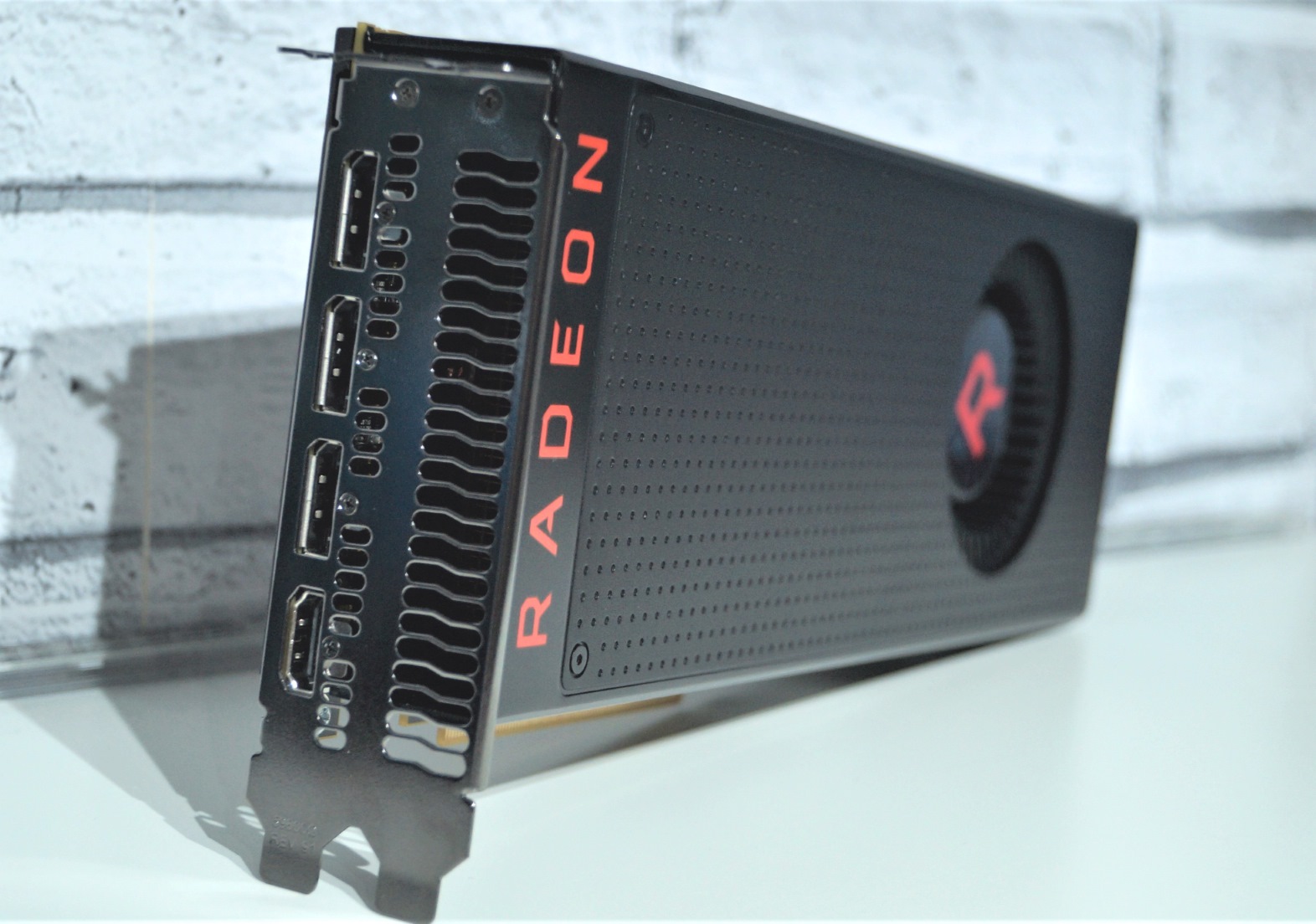
So, what are my first thoughts after using the RX Vega 64 for a few weeks.... I personally wanted to buy an RX 580, but due the high prices I was pushed toward the RX Vega range. Initially holding out for the Vega 56, but these sold out quickly with only the higher priced (pack cards which included games) begin available. I did contemplate buying a 1070 or 1080, but wanted to build an AMD only system. Looking at availability people weren't buying the RX Vega 64, so these could be found with the rebate which made them cheaper than the RX Vega 56 pack cards (£489!) vs my RX 64 at £469. I ended up purchasing the Sapphire RX Vega 64 8GB reference card from scan computers UK.
On receiving the card the box seemed quite big, inside you get the card and two paper manuals, no driver disk or utilities (for the Sapphire Trixx utility click this link to download).
The card seemed solid and well constructed, although the plastic used for the shrouding looked a little cheap and the fact you can see the circuit board edges is something I didn't like.
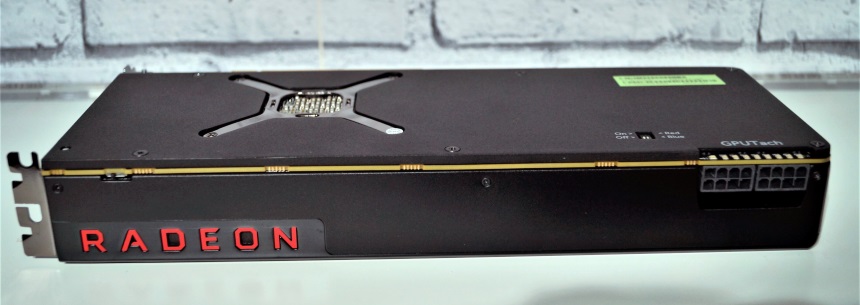
The surround of the card is plain black plastic with the fan located towards the end. It also has 4 outputs so supports up to 4 displays but.... there is only one HDMI port with the other (3) being Display port. Personally, I have 3 monitors and only one of them supports Display port, so I had to purchase a converter (like this). The card also has an LED tachometer at one end with two tiny micro switches close by, which control the LED,s colour. Finally the card requires two 8 pin power connectors to power it's self.
RX Vega 64 Specs (taken from the Sapphire website)
GPU with 4096 Stream Processors 14 nm FinFET
1546 MHz Boost Engine Clock
2048 bit Memory Bus - HBM2 Memory Running at 945 MHz, 8 GB Size
Maximum 4 Outputs, 1 x HDMI 2.0b 3 x DisplayPort 1.4
Maximum Resolution: 5120×2880(60Hz) Pixel Display Port Resolution - 4096×2160(60Hz) HDMI Resolution
OpenGL and DirectX 12 Support
AMD CrossFire - FreeSync Technology - AMD Eyefinity
750 Watt Power Supply (Suggestion) and 2 x 8-pin AUX Power Connector Required
AMD,s Official Promo Video
The first few games I tested were Doom and Need for Speed. The performance of the RX Vega 64 seemed to be what I was hoping for. With Doom set to use "Night Mare" detail (1440p super resolution enabled), I was seeing about 150fps. Need for Speed appeared smooth and responsive with AMD Eyefinity switched on. I was a little let down with the noise generated by its fan, I had gotten used to the silence of my RX460. The heat being pumped out was also noticeable and more than what I was expecting. I had read the reviews and seen the videos but the card does get hot after an hour of Gaming.
Here are my first few Benchmark figures taken with 3D Mark, driver version 17.9.3 with no optimising or overclocking.
